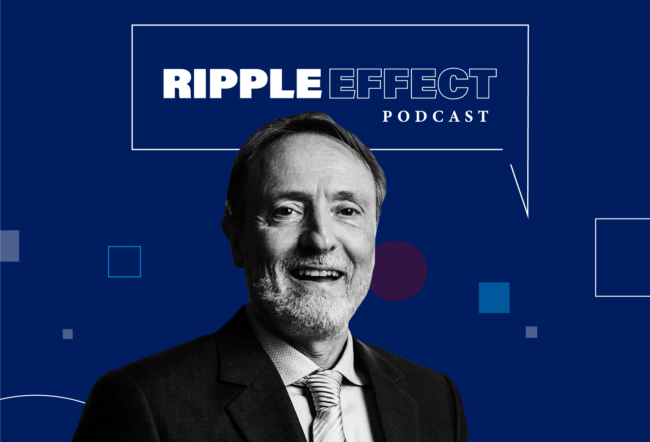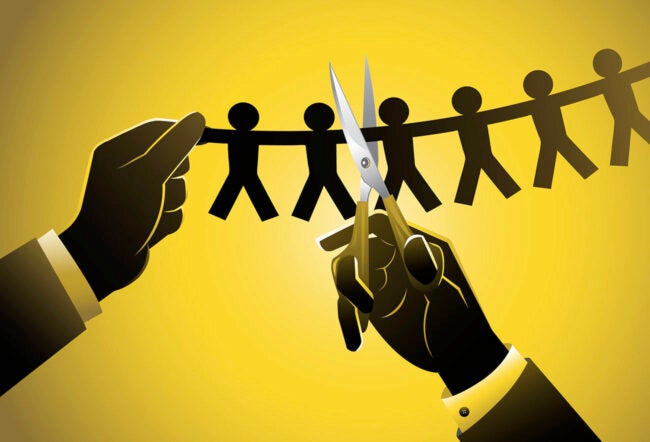In the first quarter of 2013, Netflix emerged as the best-performing stock in the benchmark Standard & Poor’s 500 index.
The streaming and DVD rental company was an unlikely Wall Street star, to say the least. Many observers had all but given the firm up for dead in 2011, when shares plummeted after an ill-timed and poorly received price hike in July that coincided with an announcement that Netflix would separate its streaming and DVD businesses. That plan was ultimately shelved, but the once-high-flying Netflix stock plunged as low as $53.80. Its all-time closing high was $298.73 and the record intra-day high was $304.79, both reached on July13, 2011.
At the time, critics accused Netflix management of being insensitive, even arrogant. Company leadership appeared determined to squeeze every penny out of a rabidly loyal customer base that was struggling through a debilitating national recession.
Netflix was on the verge of becoming a cautionary tale. Instead, it became corporate America’s version of the comeback kid. The story of Netflix’s turnaround underscores the basic precepts of a well-run company, experts from Wharton and elsewhere say. Netflix showed patience. It learned from its mistakes, stuck to its strategy and didn’t listen to the naysayers. It didn’t give in to Wall Street’s demands that it manage for the next three-month quarter. It didn’t shift in midstream to enjoy a short-term gain at the expense of a potentially larger payoff down the road. Above all, Netflix did the most important thing that any company can ever do, at any time: Serve its customers.
“Netflix is a wonderful case study for doing things right for 10 years,” notes Wharton marketing professor Peter Fader, who is also co-director of the Wharton Customer Analytics Initiative. “They have transformed the product-centric business, where it was all a matter of inventory and getting movies — with no explicit consideration of the customer.”
The company’s revival was confirmed when Netflix shares rose as much as 25% on April 23, one day after it reported quarterly earnings of 31 cents per share, far exceeding Wall Street projections of 19 cents per share. The company signed up two million new U.S. streaming subscribers during the first quarter of 2013. Its stock nearly tripled in the previous eight months, and shares stood at $217.94, the highest point since September 2011. (Shares are currently hovering around the $220 mark.)
As Fader sees it, the quality that separates Netflix from its competition was that the firm took a fairly radical approach to sales and marketing and, as a result, didn’t see its customer base as “nameless, faceless people consuming the inventory. This is why Netflix was not steam-rolled by Blockbuster and Walmart.”
Netflix’s innovative customer research was its ace in the hole. Even in 2011, when pundits accused Netflix of callously raising its prices, the company recognized that it could weather the public-relations storm. Netflix officials were armed with the data to predict that subscribers, while momentarily angry, would likely not abandon the company forever.
According to Fader, Netflix had the foresight to see the value of understanding what excited its customer base. Because the company was able to grasp the various idiosyncrasies of its audience — rather than treating its base as one, homogenous universe — it was able to develop products around those profiles. “Netflix does serve the customer,” Fader notes. “But Netflix doesn’t believe that one size fits all. That idea is the lowest common denominator. Companies have to slice and dice the customer.” Netflix was also shrewd to stick to its strategy and not get sidetracked by the 2011 publicity fiasco, Fader adds. “It was a tempest in a teapot for Netflix.”
Netflix also showed public relations acumen when it reached out to its customers and ate crow. “Netflix management has been responsive to their subscribers and reversed their decision to split the DVD and streaming businesses into two separate entities,” says Wharton marketing professor Jehoshua Eliashberg.
“Netflix did two things right,” adds Wharton marketing professor Eric Bradlow, who is also co-director of the Wharton Customer Analytics Initiative. First, the firm apologized for creating a two-tier pricing structure and increasing relative prices. The customer outcry and loss of subscribers also served as a wake-up call to the company that its audience had a number of alternative media streaming channels to choose from — including Hulu Plus and Amazon Instant — and that they weren’t as loyal to Netflix as leadership had anticipated.
“Secondly, Netflix focused on its core … base of good customers,” Bradlow notes. “That is, rather than trying to turn infrequent sporadic users into heavy ones, they realized that they currently had a lot of good customers already and that other good customers were out there waiting to be acquired.”
The Netflix Network?
To its credit, Netflix didn’t allow the bad press and subscriber defections in 2011 to become such a distraction that it changed its course. “The company hasn’t missed a beat — besides that hiccup,” Bradlow says. “They have stayed with the vision and rolled with the times. The vision centers on valuing the customer by calculating their lifetime value to the company and making tangible decisions about how to find them.”
Enter “House of Cards,” the streaming service’s first original series. Starring two-time Oscar winner Kevin Spacey and adapted from a BBC series of the same name, “House of Cards” may have seemed at first blush like an eccentric idea. The same goes for Netflix’s other major marketing initiative, presenting a new run of episodes of “Arrested Development,” a quirky sitcom that amassed a cult following when it ran on the Fox network from 2003 to 2006 but never managed to catch on with a broad audience. Fifteen new episodes of “Arrested Development” were released over Memorial Day weekend, allowing for viewers to “binge watch” the entire run. (Netflix employed a similar release method with “House of Cards.”)
While this formula would not be a winner for every media company, Fader says, it worked for Netflix because the moves were designed around the firm’s unique customer base. “‘House of Cards’ is a great example,” Fader points out. “Here, Netflix comes up with a series that is focused on the Netflix customer. It wasn’t a show that a broadcast network would have done because it is not broadly appealing. And reviving ‘Arrested Development’ — that is a strange program that most people are not aware of. But it caters to the interests of Netflix’s most valued customers.”
Netflix’s customers “skew younger than those of a lot of companies,” according to Janney Capital research analyst Tony Wible. “The characteristic they have is that they value the convenience that Netflix offers them. Accessible is the key word. But it is very difficult to try to offer demographics about a company with 27 million to 30 million [U.S.] customers.”
Yet the company has been able to calculate the value of the customer beyond anecdotal information or unscientific focus groups. “It’s a matter of dollars and cents,” Fader says. “How long have they been subscribers? How much money have we gotten from them? Which customers are likely to be the most valuable of all? It is all very mathematical. It is not the way that most companies operate. Netflix is focused on keeping its customers happy. Netflix did this early — and they did it well.”
Multiple Streams
Netflix is hardly home free, however. The negative reaction to its price hike two years ago underscores how quickly a company’s fortunes can change with its usually loyal customer base. Netflix will undoubtedly also have to fend off the Amazons and Hulus of the world — stiff competitors that want to take a bite out of the company’s user base, and who are also experimenting with original content.
Wible of Janney Capital warns that Netflix must guard against the inclination to play it safe strategically, now that it has forged such a comeback. “The biggest drawback that Netflix potentially faces is that it is focusing too much” on cost controls at the expense of growth, Wible notes. “Netflix can’t afford to have … a slowdown in the growth of its customers.”
Additionally, Netflix is vulnerable to the whims of the media companies from which it licenses its content — some of whom would also like to capture a piece of the audience for streaming movies and television online. Netflix CEO Reed Hastings has said that the company would like to start working directly with producers to make deals for offering content, rather than signing broad-based agreements with media conglomerates where Netflix and its customers get access to a few hits along with reams of less-successful titles.
As a result, Netflix opted not to renew its contract with Viacom, resulting in customers’ lost access to dozens of programs from networks like Nickelodeon, BET and MTV. Meanwhile, the company’s catalog also shed nearly 2,000 movies last month because the titles are owned by Warner Brothers, MGM and Universal, and will now be streamed exclusively through a subscription service called Warner Archive Instant. And last year, Netflix users lost access to more than 1,000 movies after the collapse of the company’s deal with the Starz network.
“Netflix needs to expand its international business and consider carefully the extent to which the programming there needs to be custom designed,” Eliashberg notes, adding that “while the company’s main current goal is to increase its subscriber base, Netflix needs to watch closely the cost and level of investment that achieving this goal requires. Finally, similar to Amazon with its main books business that was later extended to an e-book reader — the Kindle — Netflix should also consider adding secondary and related products, such as movie players as well as alternative content, not just movies.”



